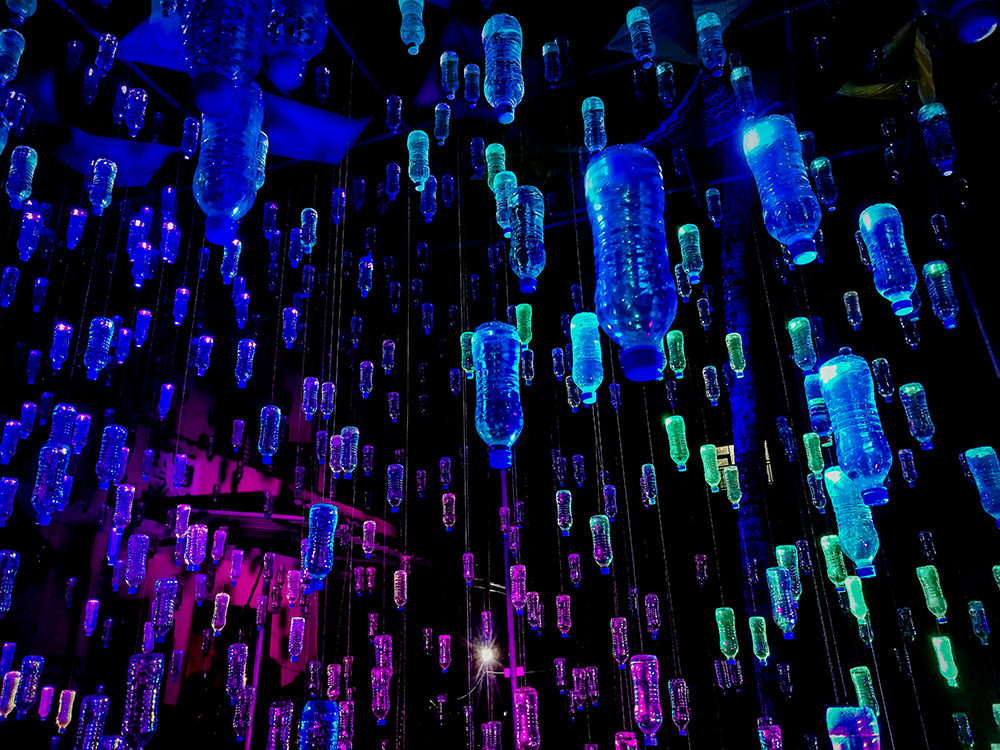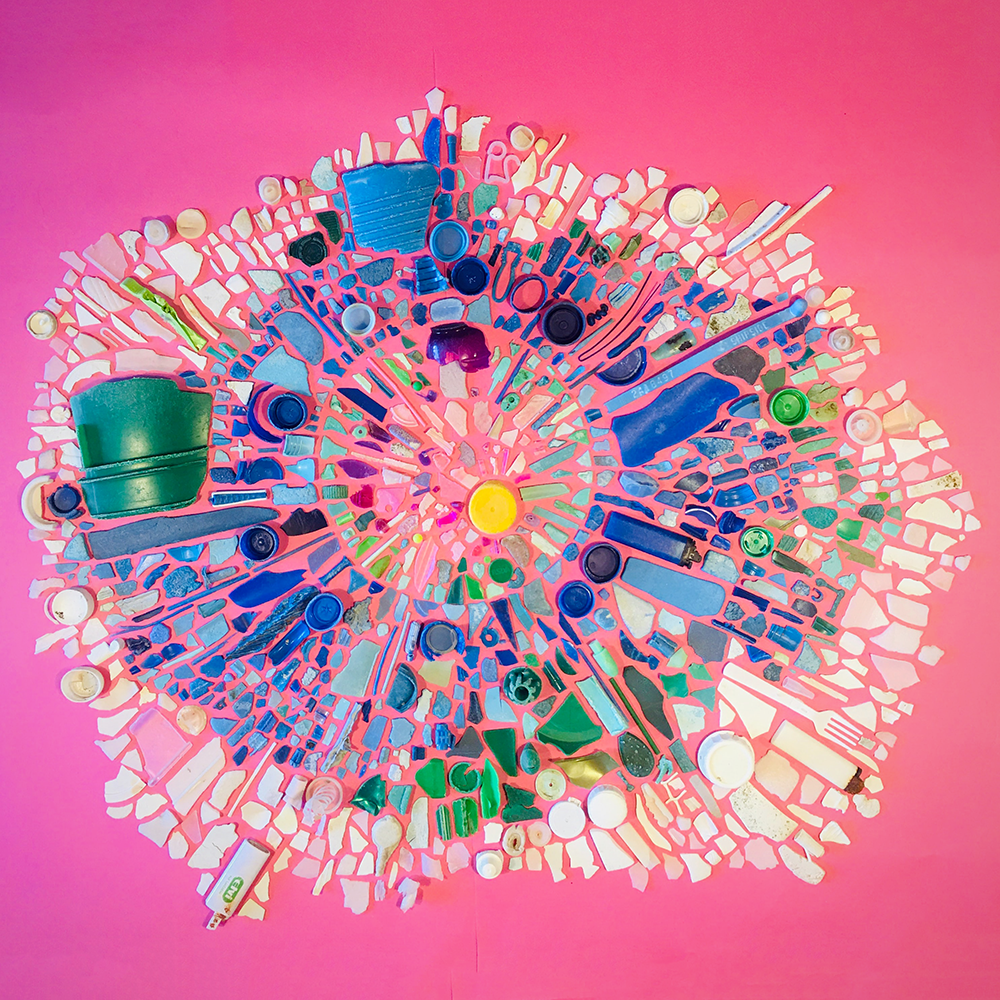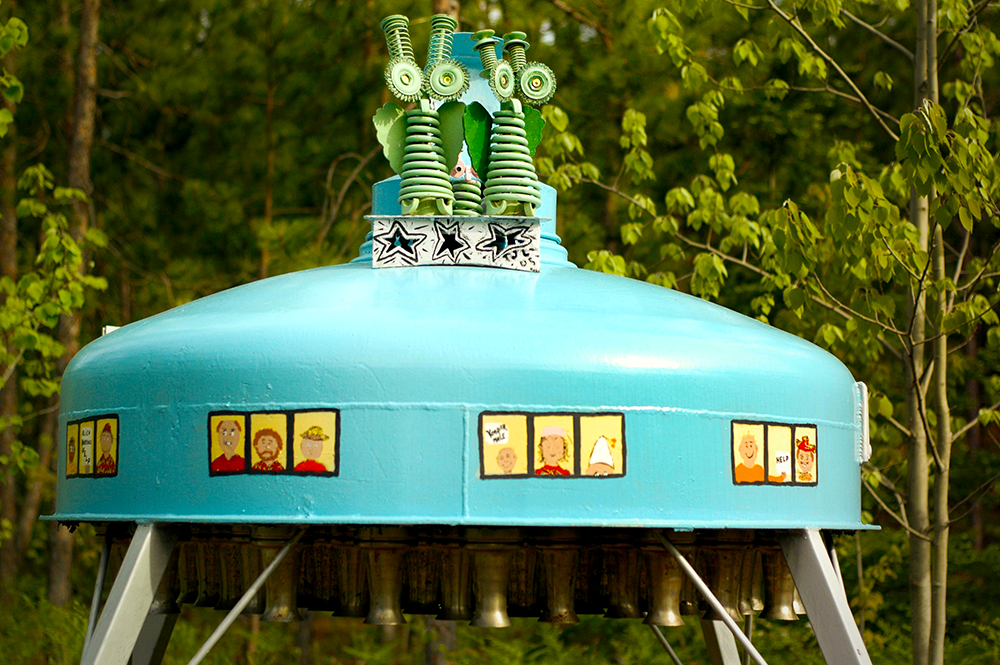Looking to spice up your creativity and make a statement at the same time?
Ready to dive into the fascinating world of upcycled and downcycled art?
If you've ever wondered about the differences between these two artistic approaches or why they even matter, you've come to the right place!
In this exciting blog post, we're going to unravel the mysteries surrounding upcycled and downcycled art, taking you on a thrilling journey through the realms of creativity, resourcefulness, and sustainability.
Whether you're a seasoned artist looking to expand your horizons or a beginner eager to explore new techniques, this post aims to inform and inspire creators of all walks of life.
From transforming discarded materials into magnificent masterpieces to reclaiming and repurposing everyday objects, we'll uncover the endless possibilities and unique challenges that come with both forms of art-making.
Get ready to expand your artistic horizons, unleash your imagination, and join the eco-friendly artistic revolution, all while creating jaw-dropping masterpieces like never before.
So, grab your paintbrushes, gather your recycled materials, and let's embark on this enlightening adventure together!
Key Takeaways:
- Upcycling and downcycling are two different recycling processes that contribute to environmental sustainability.
- Upcycled art enhances the original form and value of materials, while downcycled art often results in products of lesser value.
- Recognizing the differences between upcycled and downcycled art can influence consumer choices and the positive impact on the environment.
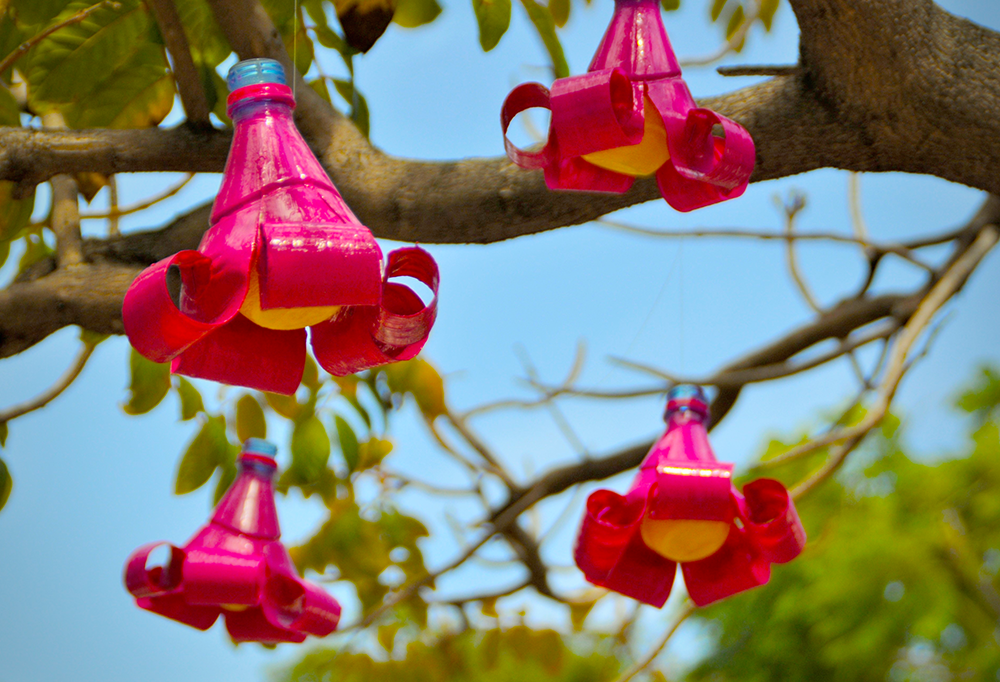

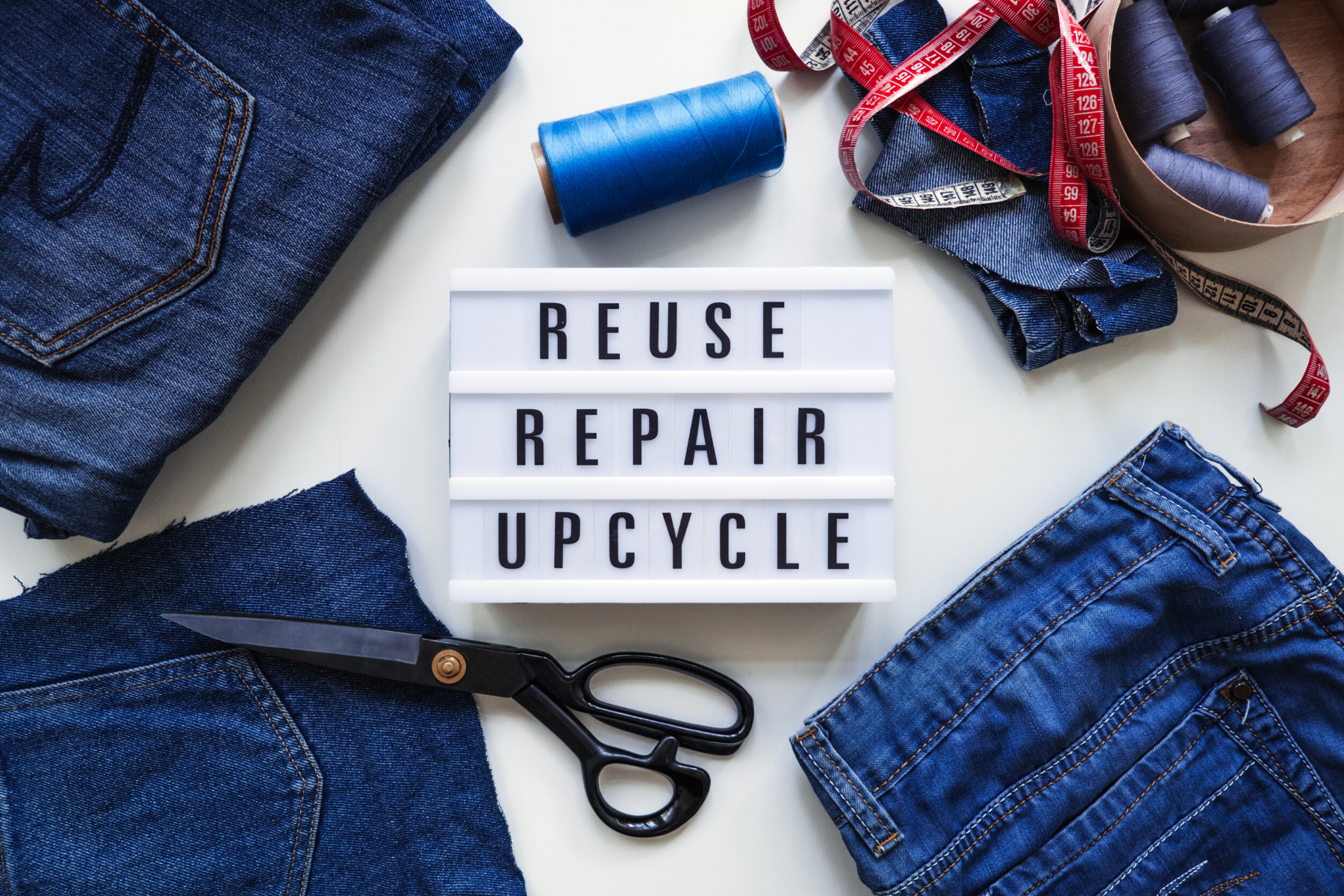
Recycling, Upcycling, Downcycling, and Repurposing
Recycling has become a cornerstone of environmental sustainability, with a growing emphasis on creative reuse in the art world.
The terms "upcycling" and "downcycling" are often used interchangeably, but they represent distinct processes with unique outcomes.
When it comes to creating art from repurposed materials, the lines can get a bit blurry between upcycling and downcycling.
So, let's break down each term and their significance in the world of art.
- Recycling: This process involves turning waste materials into new products. It often requires breaking down the original materials to create something entirely different, such as turning plastic bottles into fabric for clothing.
- Upcycling: This process takes discarded materials and transforms them into higher-quality products or objects with greater value. Think turning old denim jeans into a stylish tote bag.
- Downcycling: This process involves breaking down materials, but the resulting product is of lesser quality or value than the original material. An example would be shredding paper and using it as packing material instead of writing on it.
- Repurposing: This term refers to taking an item and giving it a new purpose or function. For instance, using old glass bottles as vases or turning pallets into furniture.
Creative Potential of Upcycling and Downcycling
Both upcycled and downcycled art come with their own set of unique challenges and creative possibilities.
Upcycling requires a keen eye for seeing the potential in seemingly useless materials and transforming them into something beautiful and functional.
On the other hand, downcycling requires a more innovative approach to create art from materials that may have lost their original quality or value.
But regardless of the process, both approaches offer artists endless opportunities for experimentation, self-expression, and resourcefulness.
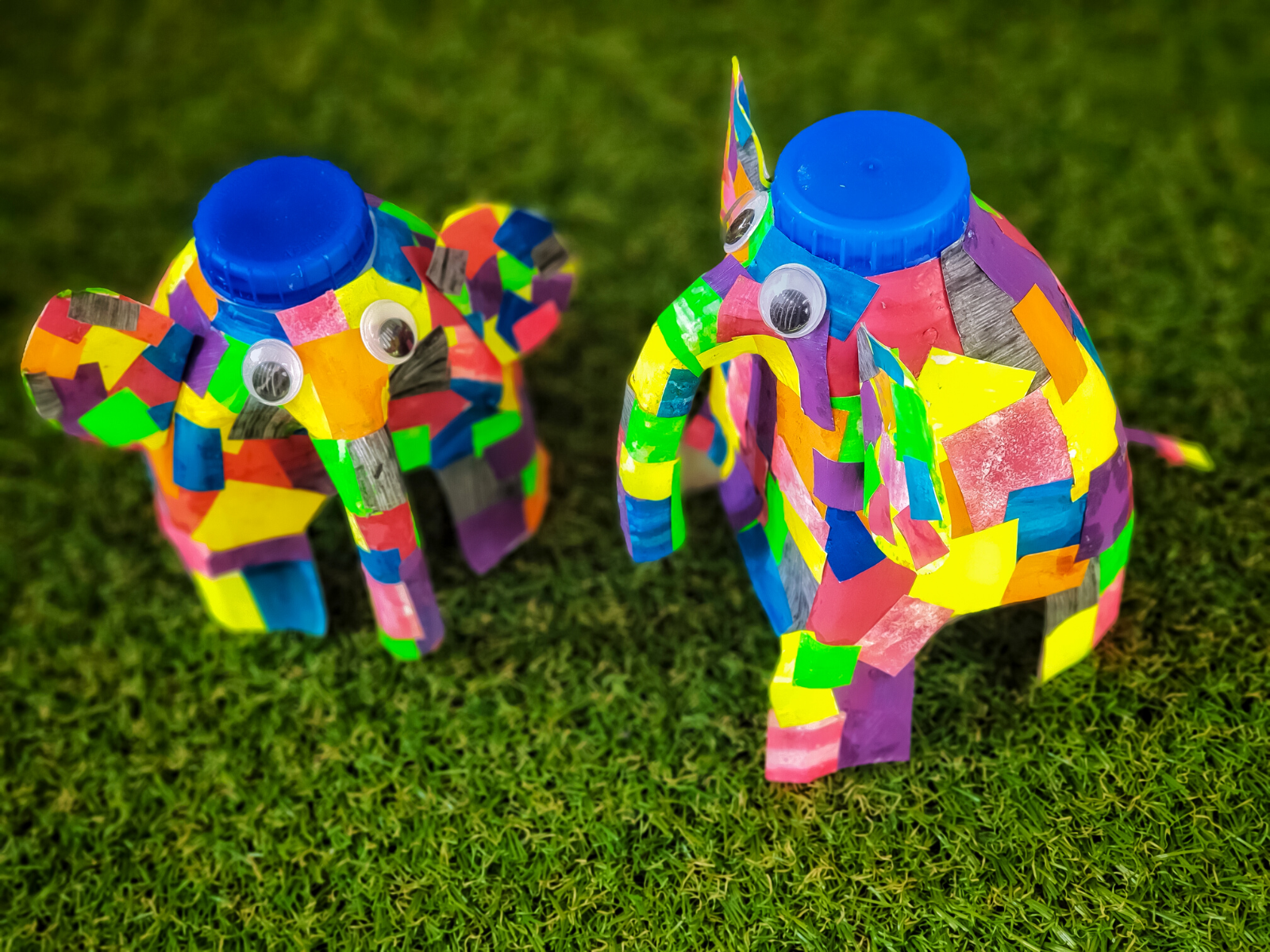
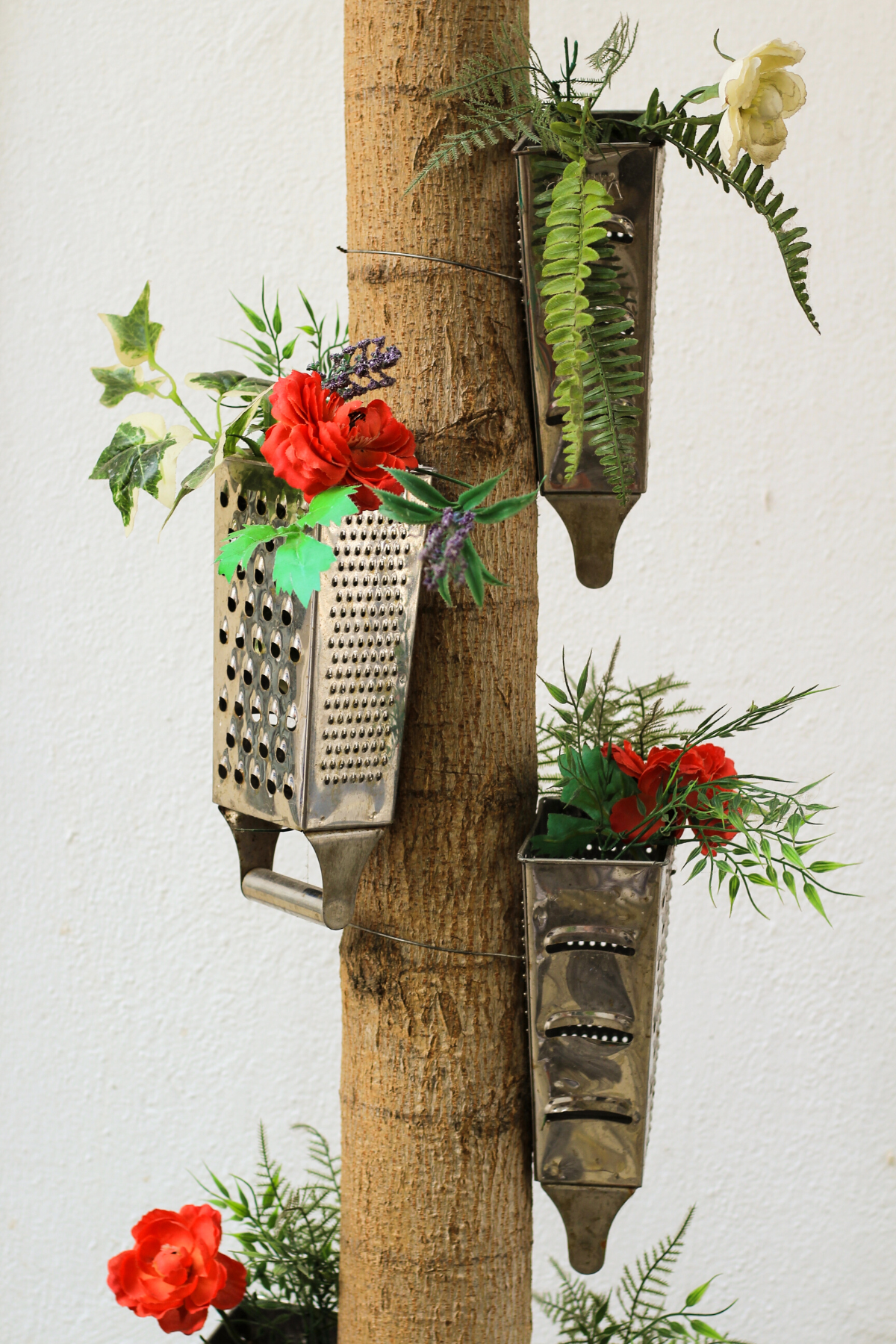

Defining Upcycled Art
Upcycling refers to the process of transforming waste materials or unwanted products into new materials or products of greater value.
It's about taking something that is no longer in use and giving it a new life and function.
In the realm of art, upcycling can turn objects like plastic bottles or old furniture into pieces with higher artistic value.
Upcycled art not only showcases creativity but also emphasizes the preservation of the original quality and form of the material.
The Essence of Downcycled Art
Downcycling, on the other hand, involves breaking down materials into their raw form to create new products, typically of lesser quality than the original.
For example, many plastics are not recyclable into the same form and instead are downcycled into other materials like clothing fibers or packaging.
While downcycled products may not retain the same quality or value as the original products, they still play a crucial role in reducing waste and extending the life cycle of materials.
The Artistic Value in Upcycling
Artists who specialize in upcycling take pride in their ability to see the potential in what others might consider trash.
A broken glass piece, for instance, can be transformed into a stunning mosaic that tells a story beyond its original form.
Upcycled art is not just about reusing items; it's about elevating them to a new level of beauty and function, often surpassing the value of the original materials.
Downcycling's Practical Approach
Downcycled art may not always carry the same level of artistic value as upcycled art, but it serves a practical purpose.
By converting waste generated from products like food containers or cardboard into new raw materials, downcycling helps reduce the burden on landfills.
This process is essential for materials that cannot be upcycled due to their limited lifespan or degraded quality.
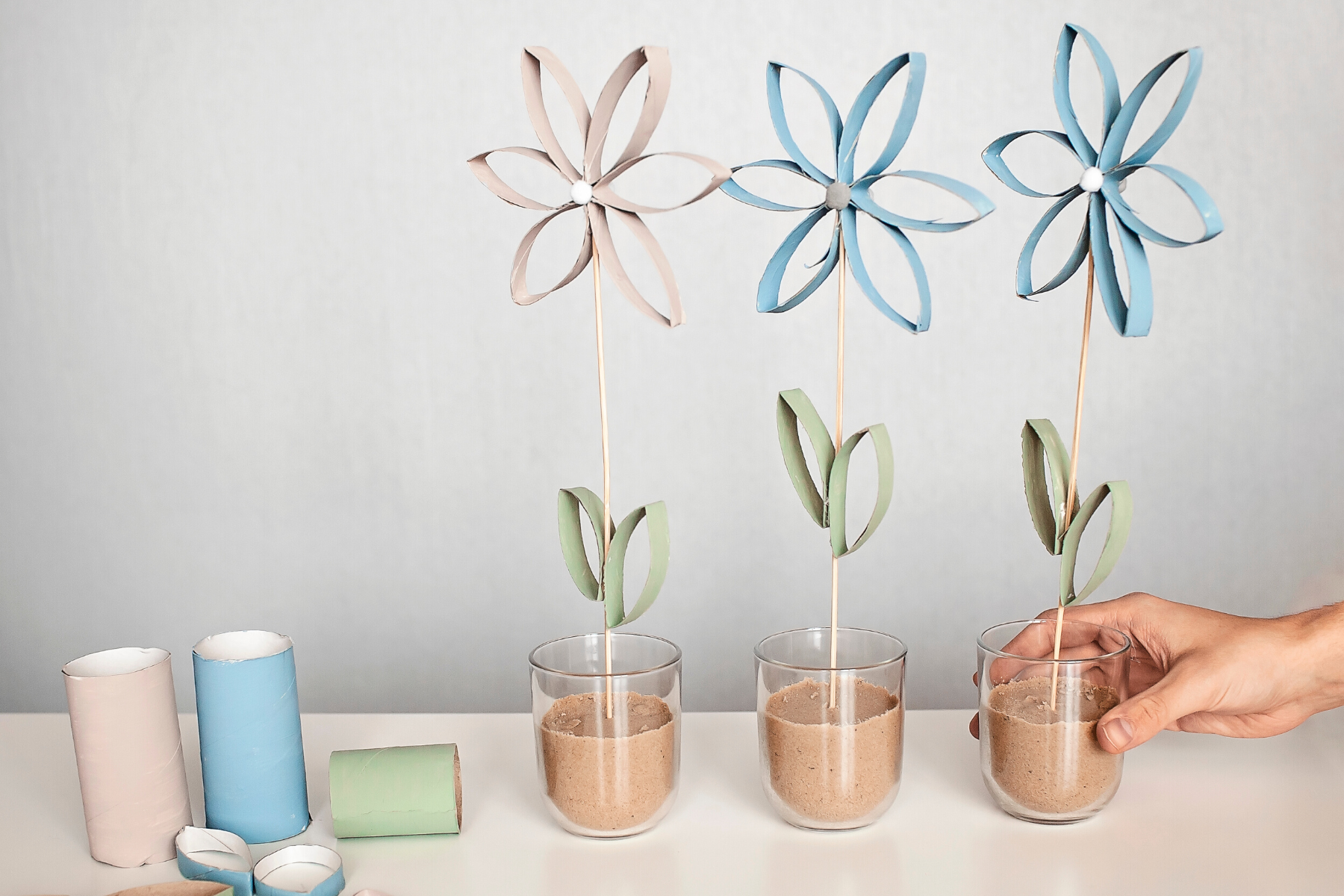
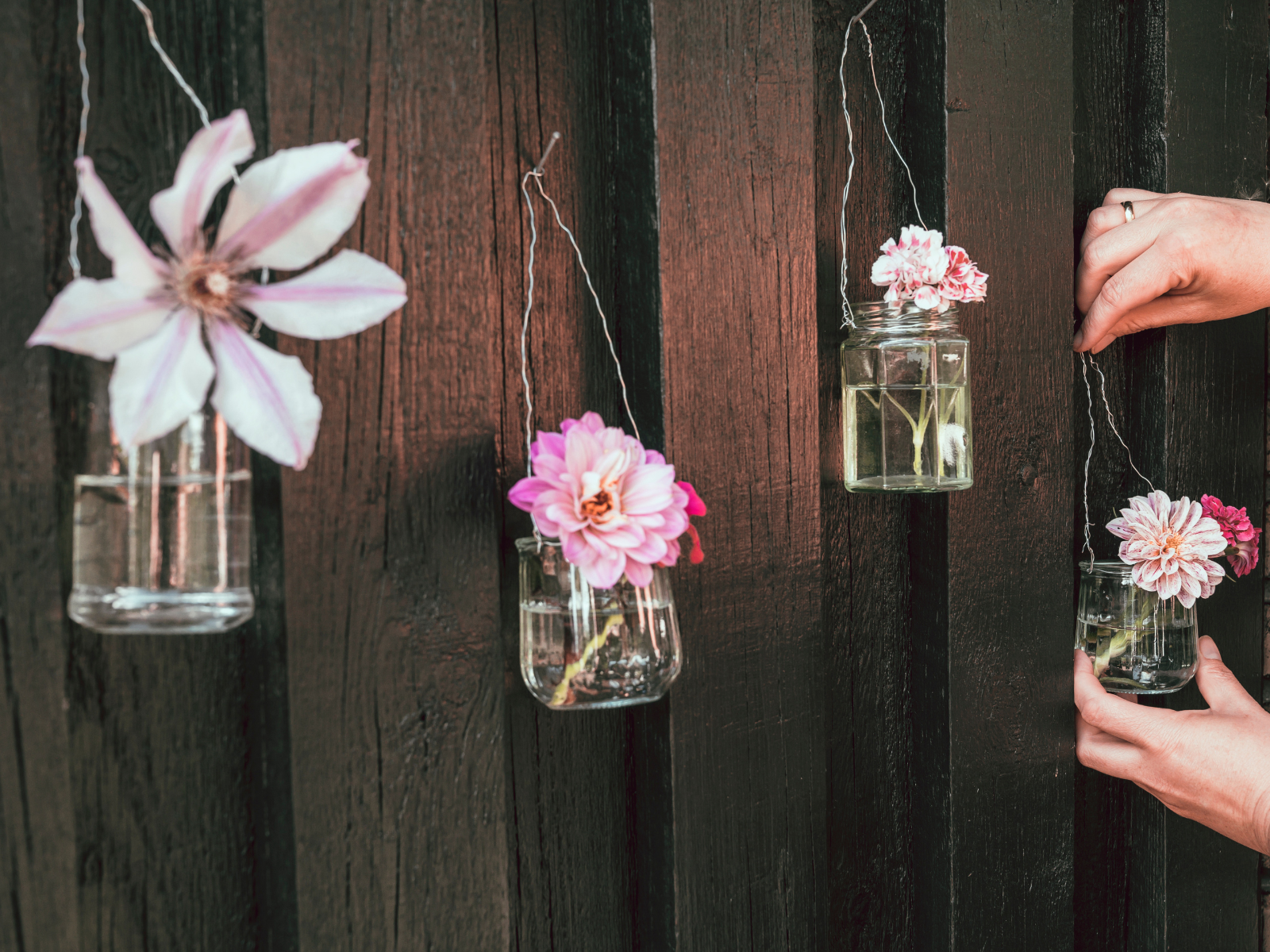

Current State of Recycled Materials in Art
The art world is increasingly embracing recycled materials as a medium, reflecting a growing awareness of environmental issues and the need for sustainable practices.
The current state of recycled materials in art is one of innovation and diversity, with artists around the globe sourcing discarded items from landfills and giving them new life.
These materials, once destined for oblivion, are transformed into thought-provoking pieces that challenge our perceptions of waste and value.
The trend is not only a statement on sustainability but also a testament to the versatility and adaptability of artists in the modern era.
In this context, upcycled products stand out as a beacon of creativity and environmental responsibility.
Unlike their downcycled counterparts, upcycled items retain or even enhance their aesthetic and functional value.
Artists are not just recycling; they are reimagining.
From sculptures made of old bicycle parts to installations crafted from obsolete electronics, the range of upcycled art is vast and ever-expanding.
This movement not only reduces the strain on landfills but also sparks a dialogue about consumption and the lifecycle of products.
The Difference Between Forms of Recycled Art
Understanding the difference between forms of recycled art is crucial to appreciating their unique contributions to both the art world and environmental conservation.
Upcycled art, for instance, often maintains the original characteristics of the recycled materials, allowing the history and story of the components to shine through.
This form of art not only recycles but also elevates the materials, creating a new narrative that resonates with viewers on a deeper level.
The transformation is palpable, as items that would typically be overlooked are now centerpieces of artistic expression.
Conversely, downcycled art takes a more pragmatic approach, breaking down materials into their basic forms before they are reincarnated into new objects.
This process often strips the materials of their previous identity, but it also provides a blank canvas for artists to work with.
Downcycling is about finding potential in the mundane, turning the ordinary into the extraordinary.
While the end products may not always reveal their humble beginnings, they stand as a testament to the artist's ability to envision and create beauty from the seemingly insignificant.
Upcycling vs. Downcycling: The Environmental Impact
The environmental benefits of both upcycling and downcycling are significant.
Upcycling reduces the need for new raw materials, conserving energy and resources.
It also keeps objects out of landfills longer by giving them a second life.
Downcycling, while it may result in products of lesser value, still contributes to waste reduction and resource conservation by ensuring that materials like aluminum and glass are reused rather than discarded.
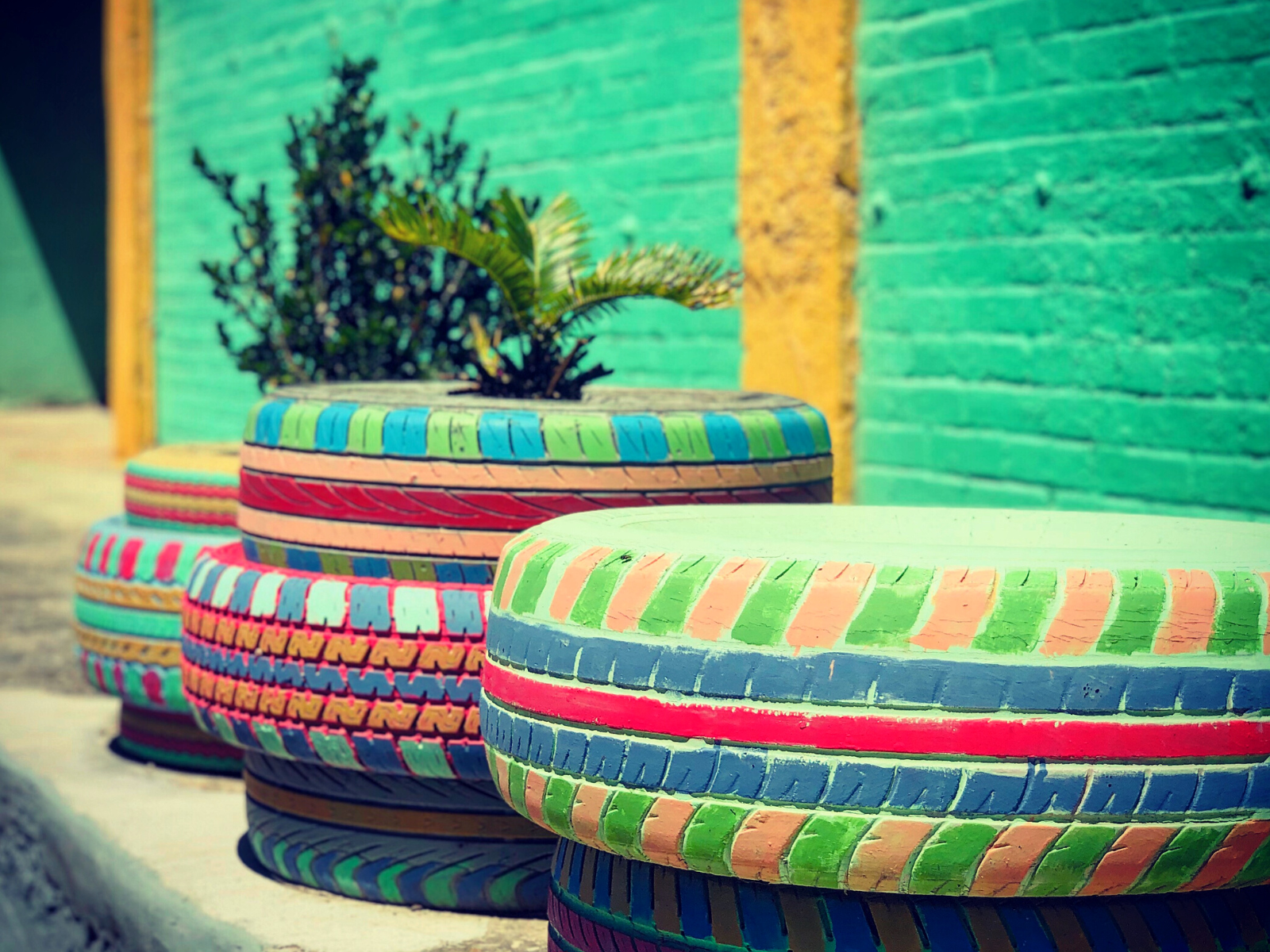
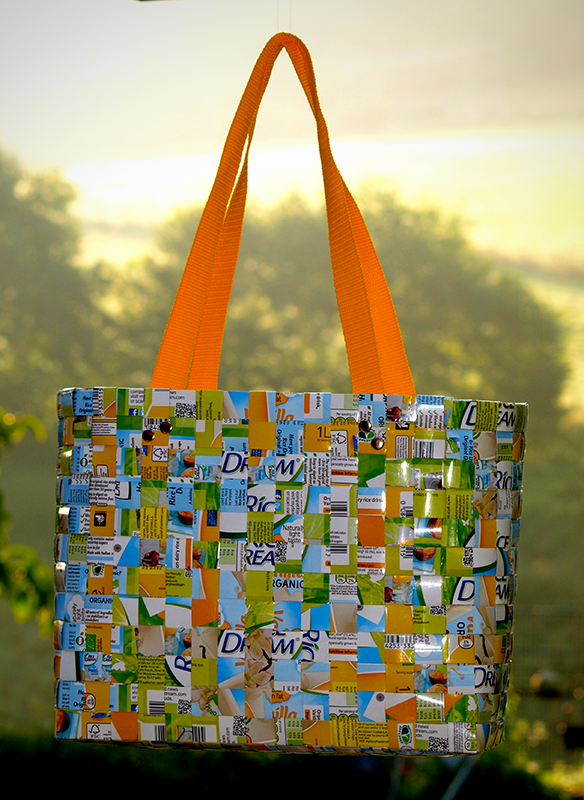

The Role of Creativity in Recycling
Creativity is at the heart of both upcycling and downcycling.
Artists and designers who engage in upcycling use their imagination to transform discarded objects into valuable, functional art.
Downcycling also requires creativity, albeit in a different form.
It involves finding new ways to break down and repurpose materials so they can be reincorporated into the manufacturing cycle.
Examples of Upcycled and Downcycled Art
To illustrate the differences, consider the example of an artist who creates a painting on a reclaimed wooden door.
This is upcycling, as the door serves as a canvas, enhancing its value and extending its life.
In contrast, downcycling might involve shredding old tires to produce rubber mulch for landscaping.
The tires are not elevated in form or function but are given a new purpose that prevents them from ending up in landfills.
The Future of Upcycling and Downcycling
As the world becomes more conscious of the environmental impact of waste, the future of upcycling and downcycling looks promising.
These processes not only reduce the amount of waste generated but also inspire a shift in how we view consumption and waste management.
By recognizing the potential in recycled content, we can all contribute to a more sustainable and artistically rich environment.
The possibilities are endless, and the impact is immeasurable.
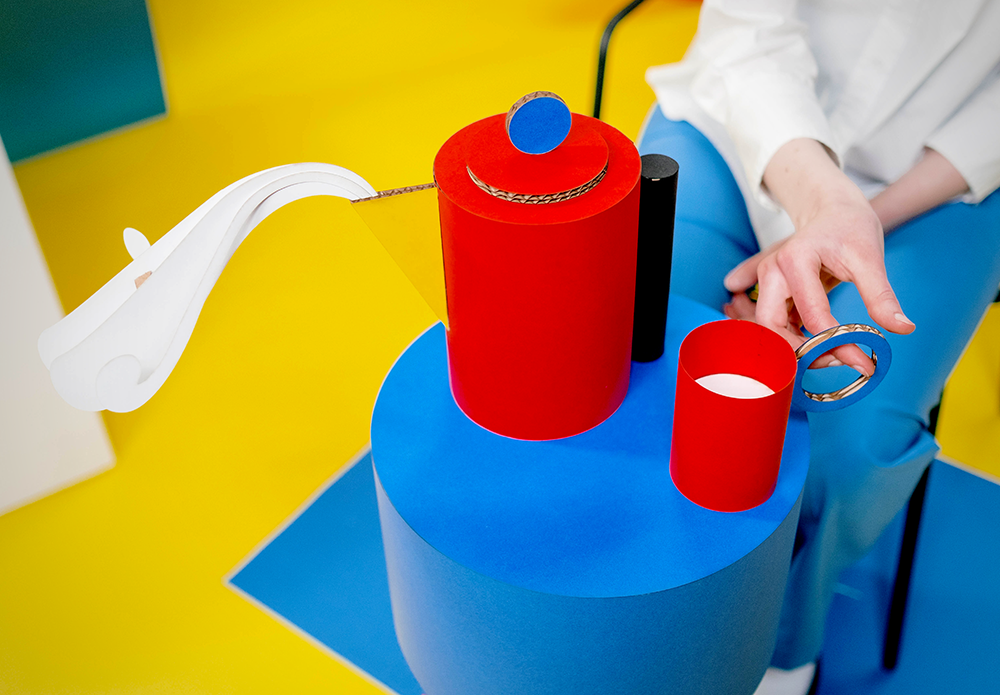

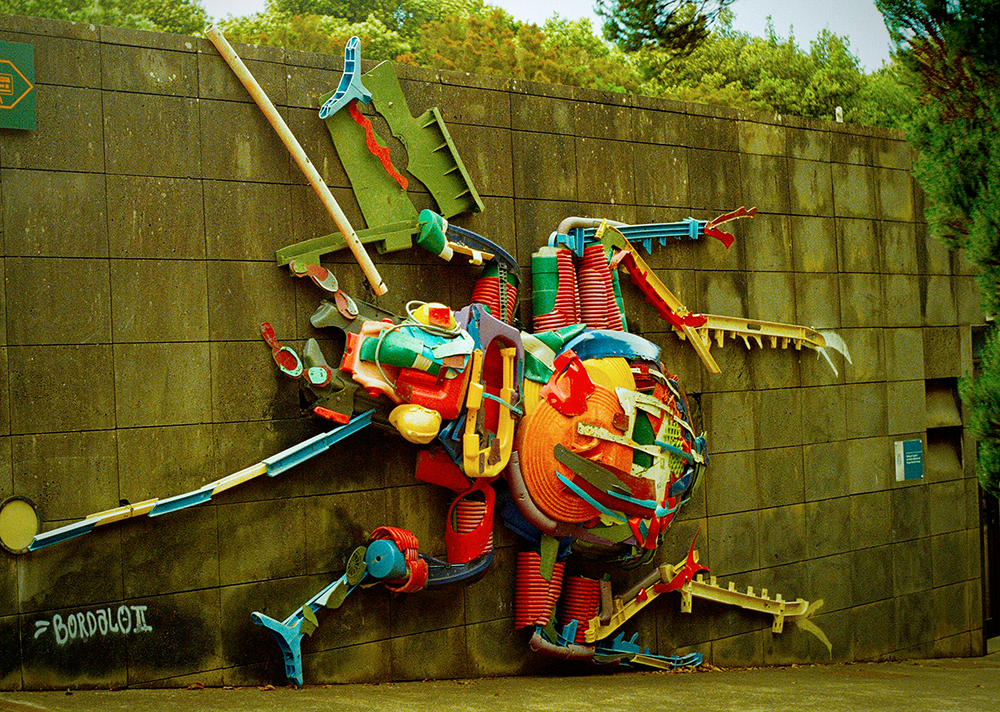
Becoming an Eco-Friendly Art Connoisseur
Upcycling and downcycling are two different approaches to recycling that offer unique creative possibilities and contribute to environmental sustainability.
Upcycled art and downcycled art are two sides of the recycling coin, each with its unique approach to reusing materials.
Upcycling enhances the value and form of the original materials, turning them into art pieces that are often more valuable than the original form.
Downcycling, while resulting in products of lesser value, is equally important in the recycling process, as it ensures that materials are broken down and reused in a practical manner.
Both processes play a vital role in reducing waste and conserving resources, and understanding their differences can help consumers make more informed decisions that support environmental sustainability.
By understanding the differences between these processes and their impact on the environment, we can all become eco-friendly art connoisseurs, supporting artists who are making a positive impact on the world through their creativity and resourcefulness.
So, let's continue to embrace the possibilities of upcycling and downcycling in our artistic endeavors, creating a more sustainable and inspiring world one masterpiece at a time.
The next time you're thinking of creating a new art piece, consider repurposing materials and see where your creativity takes you!
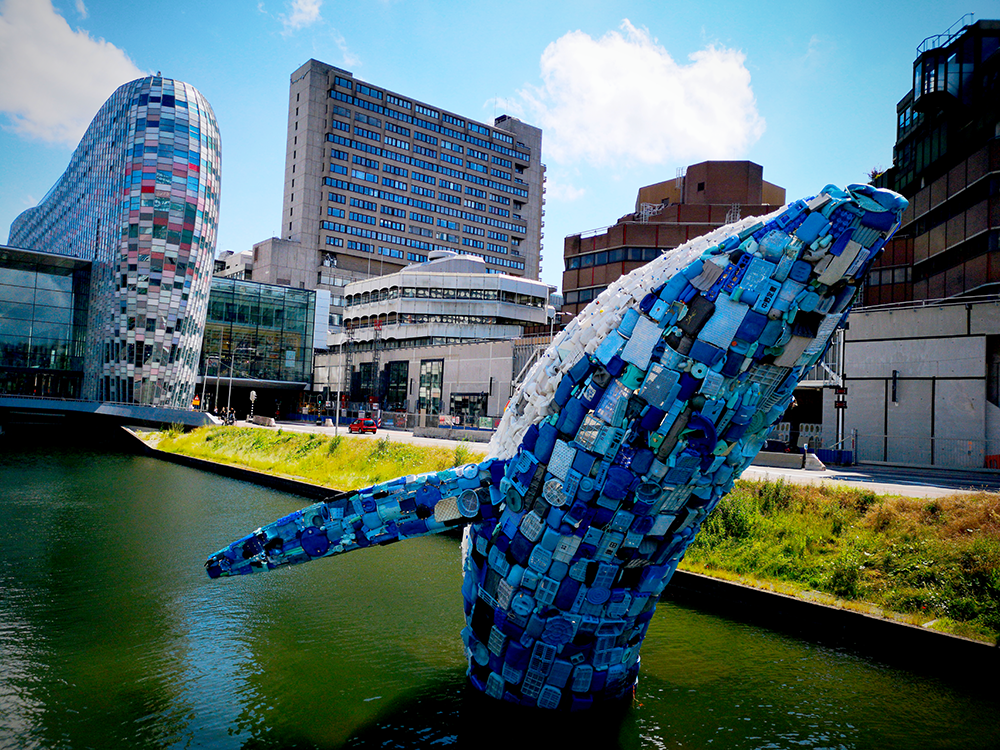

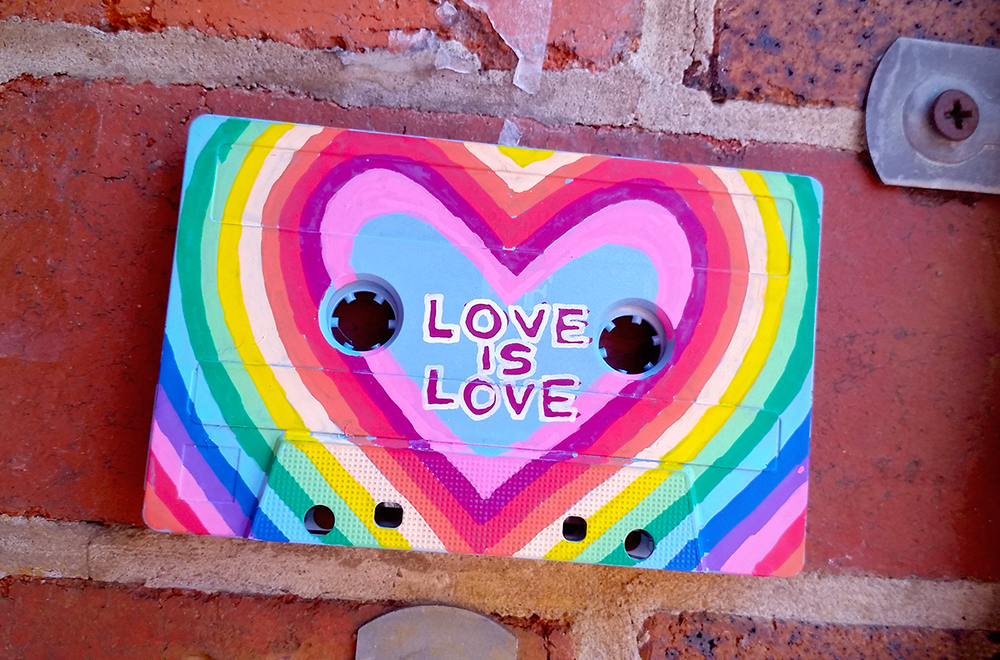
Interested in learning more about recycling, downcycling, and upcycling? Check out The Simple Environmentalist's video!
Want even more content about creativity and art?
Be sure to check out all of our creative chronicles!
Ready to dive into the world of upcycling and recycled art?
Check out some of our other articles:
-What is the difference between upcycled and repurposed?
-What are the disadvantages of upcycling?
